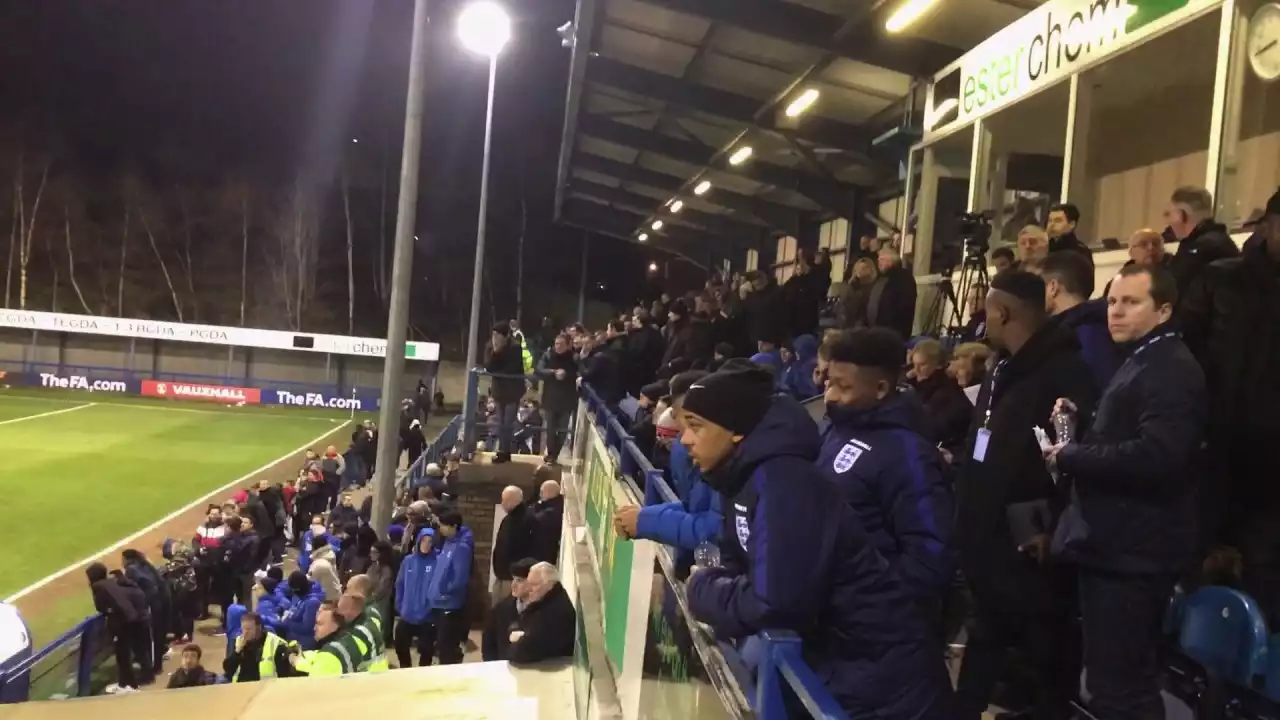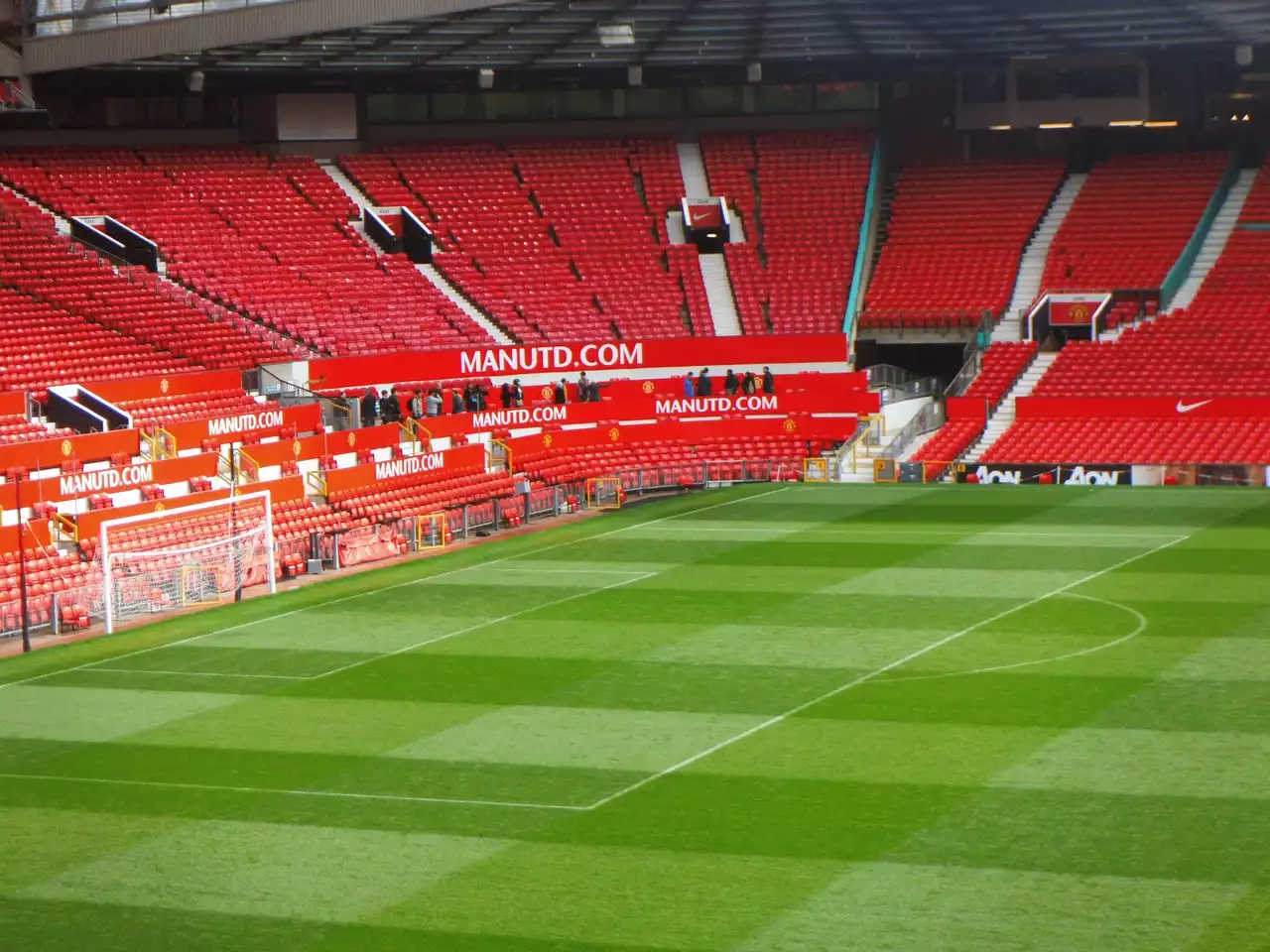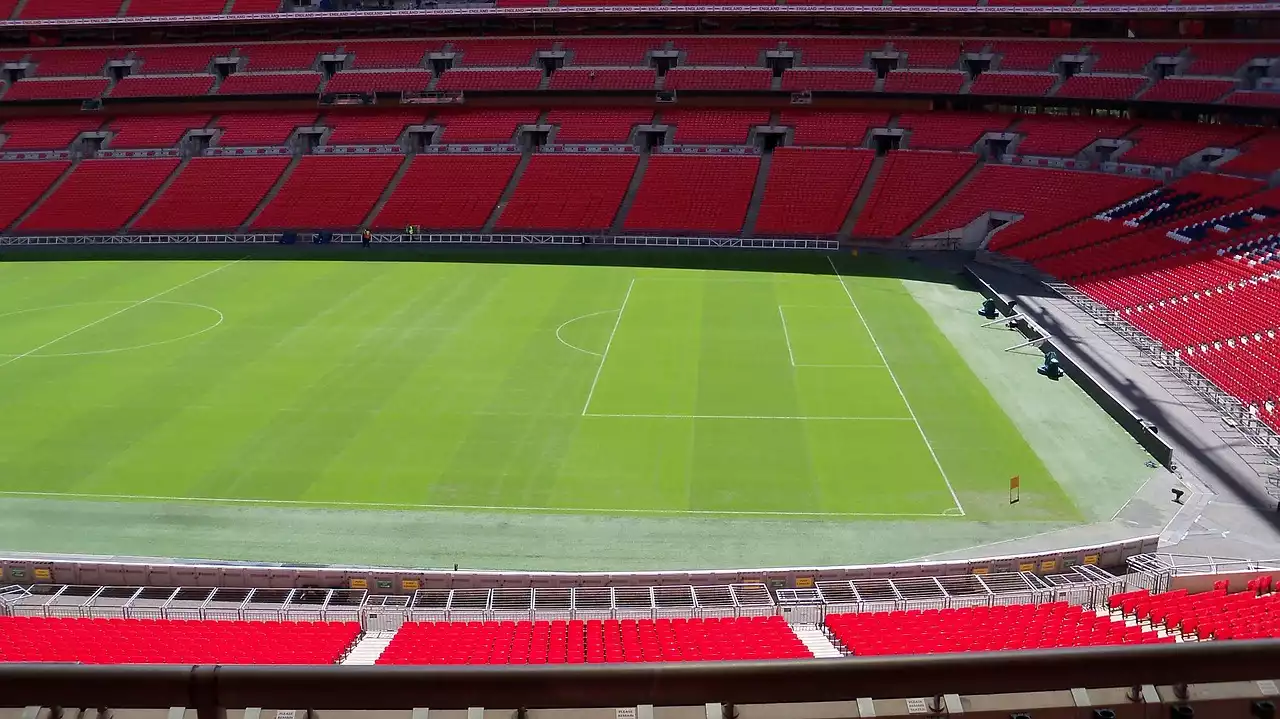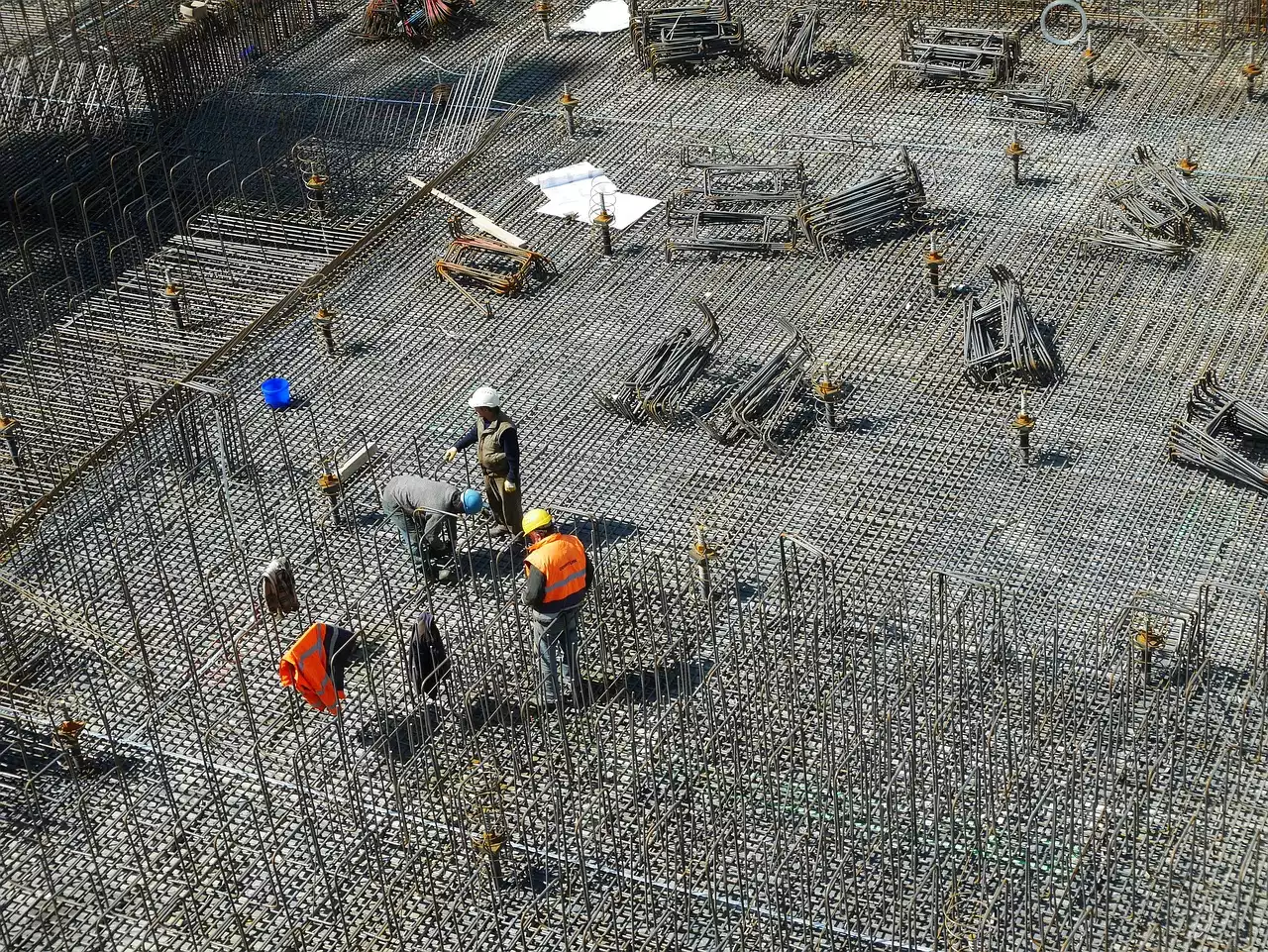What are small venues in the context of the FA Cup?
When we talk about small venues in the context of the FA Cup, we are referring to those stadiums or pitches that have a limited seating capacity. These venues often have a unique charm and character that sets them apart from the larger, more modern stadiums. They are typically located in smaller towns or villages and are deeply connected to the local community. These venues may lack the glitz and glamour of their larger counterparts, but what they lack in size, they make up for in atmosphere and passion. The FA Cup has a rich history of being played in these smaller venues, and they have become an integral part of the competition's fabric.
Small venues in the FA Cup are often filled with history and tradition. They provide an intimate setting for fans to get up close and personal with the action on the pitch. The close proximity to the players creates an electric atmosphere that can't be replicated in larger stadiums. These venues also offer a sense of nostalgia, harking back to a time when football was simpler and more accessible. The smaller size of these venues means that every seat is a good seat, ensuring that fans are fully immersed in the game.
Small venues may not have the financial resources to invest in state-of-the-art facilities, but what they lack in amenities, they make up for in character. The rustic charm of these venues adds to the overall experience, transporting fans to a different era. From the creaking wooden stands to the traditional terraces, these venues tell a story of football's past. They are a reminder of the grassroots origins of the game and serve as a testament to the enduring spirit of the FA Cup.
The smallest venues in FA Cup history
In the rich tapestry of the FA Cup, there have been some truly iconic small venues that have left an indelible mark on football history. Let's take a closer look at the five smallest venues in FA Cup history:
1. Giant Axe, Lancaster, England - The Giant Axe, home to Lancaster City FC, may only hold 4,000 spectators, but it has seen its fair share of giant-killing moments. The tight pitch and raucous atmosphere make it a true test for any visiting team.
2. Harrison Park, Leek, England - Nestled in the picturesque town of Leek, Harrison Park is a hidden gem of the FA Cup. With a capacity of just 3,500, this quaint stadium has provided the backdrop for many memorable cup ties.
3. The New Lawn, Nailsworth, England - The New Lawn, home to Forest Green Rovers, is not only one of the smallest venues in the FA Cup but also one of the greenest. With an eco-friendly pitch and a capacity of around 5,000, this unique stadium offers a truly sustainable football experience.
4. Victoria Road, Dagenham, England - Located in the heart of Dagenham, Victoria Road is a true community stadium. With a capacity of approximately 6,000, it may not be the largest venue, but it has a vibrant atmosphere that makes it a favorite among fans.
ON THE ROAD - DAGENHAM & REDBRIDGE
The challenges of playing in small venues
Playing in small venues presents its own set of challenges for both teams and fans. For teams, the restricted space on the pitch can make it harder to execute their game plan. The smaller dimensions may require players to adjust their style of play and be more creative in their approach. Additionally, the close proximity of the fans can create an intimidating atmosphere, adding to the pressure on the players.
From a fan's perspective, small venues often mean limited seating options. Securing a ticket for a cup tie in one of these venues can be a challenge in itself, as demand often outweighs supply. The smaller capacity also means that fans need to arrive early to secure a good spot, adding to the sense of excitement and anticipation. Despite the challenges, the intimate nature of these venues allows fans to feel more connected to the game and the players, creating a sense of camaraderie that is hard to replicate in larger stadiums.
Memorable moments in small venues
Small venues have witnessed some of the most extraordinary moments in FA Cup history. From last-minute winners to giant-killing upsets, these venues have been the stage for footballing magic. Here are a few standout moments:
1. In 1989, Sutton United, playing at their small Gander Green Lane ground, pulled off one of the greatest upsets in FA Cup history by defeating top-flight team Coventry City.
2. In 2013, Bradford City, playing at their intimate Valley Parade stadium, staged an incredible comeback against Premier League giants Chelsea, coming from two goals down to win 4-2.
3. In 2008, Havant & Waterlooville, playing at their cozy West Leigh Park ground, took the lead against Liverpool in the FA Cup fourth round, sending shockwaves through the footballing world.
These moments remind us that in the FA Cup, anything is possible, no matter the size of the venue.
The impact of small venues on fan experience
Small venues offer a unique fan experience that is unlike any other. The close proximity to the action allows fans to feel fully immersed in the game. The intimate nature of these venues creates a sense of unity among supporters, fostering a strong bond between the club and its fans. This connection is often missing in larger stadiums, where fans can feel more like spectators than active participants.
The smaller size of these venues also means that fans have a better view of the game. Every seat is closer to the pitch, allowing fans to see the intricate details of the game unfold. The atmosphere in these venues is electric, with the crowd's cheers and chants reverberating through every corner. This creates an intense and passionate environment that adds to the overall excitement of the match.
How small venues contribute to the magic of the FA Cup
Small venues play a vital role in preserving the magic of the FA Cup. They embody the essence of the competition, where anything can happen. The underdogs have a real chance of upsetting the giants, and the smaller venues provide the perfect backdrop for these David vs. Goliath battles. The intimate setting allows fans to feel like they are part of something special, a shared experience that transcends the boundaries of the game.
The smaller venues also promote a sense of community and local pride. They are often deeply rooted in the fabric of the town or village, with generations of families supporting the club. This creates a strong sense of identity and belonging, making the FA Cup more than just a football tournament. It becomes a celebration of community spirit and the power of sport to bring people together.
The future of small venues in the FA Cup
As football continues to evolve, there are concerns about the future of small venues in the FA Cup. Rising costs and the demand for modern facilities pose challenges for these smaller clubs. Many are faced with the difficult decision of whether to invest in upgrading their stadiums or risk losing their place in the competition.
However, there is hope that the unique charm of these venues will be preserved. The FA Cup organizers recognize the importance of these smaller clubs and the role they play in the competition's heritage. Efforts are being made to support and protect these venues, ensuring that future generations can continue to witness the magic of the FA Cup in all its glory.










